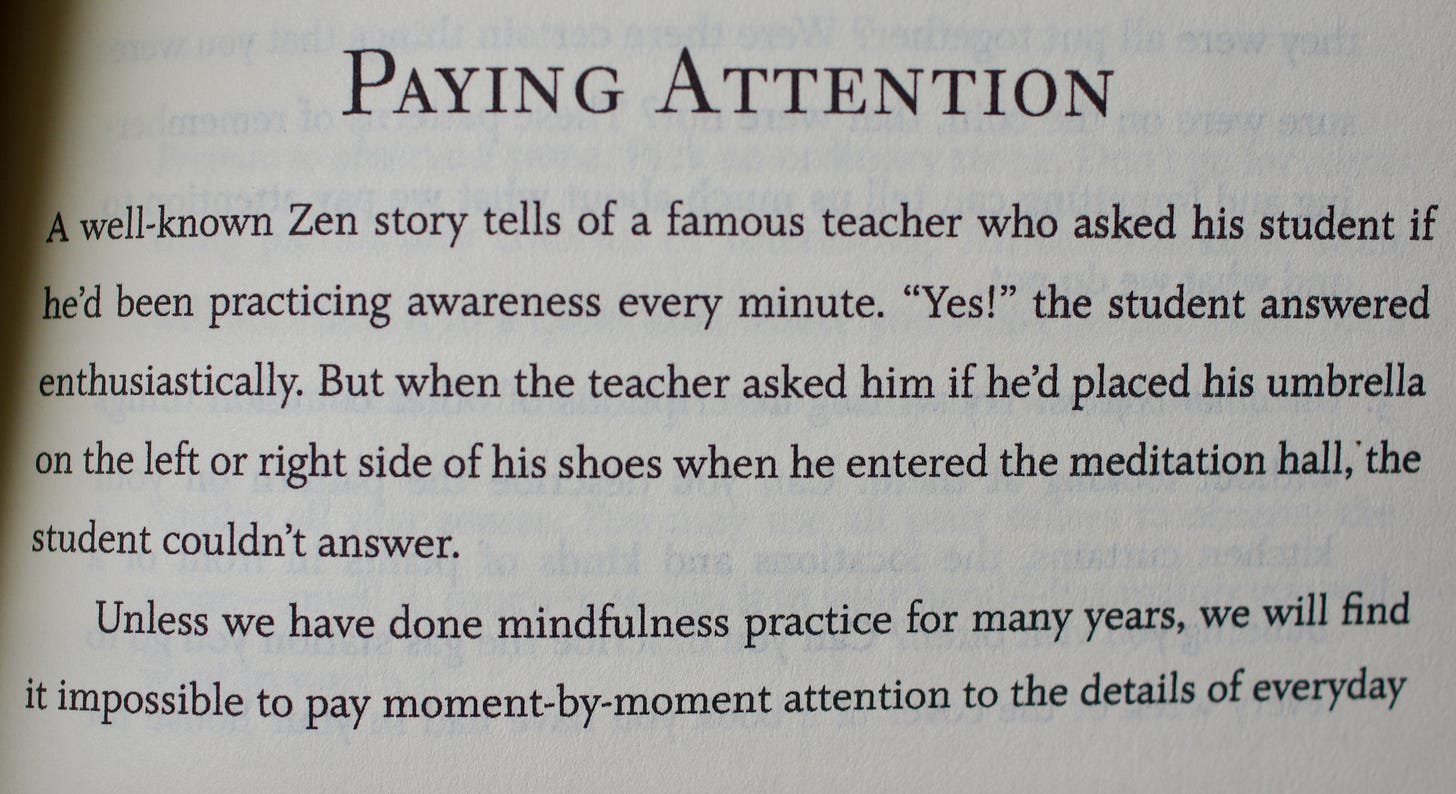One exercise I did while in grad school helped me learn to pay better attention to the world around me, and I wanted to review it with you.
You know how, as you’re going about your day, you notice a small thing, something you see in your yard or on the street or at a shop. It may be a shirt someone is wearing, and the shirt has a botanical print. Or how unripe elderberries look when they are tiny and green.
These images get forgotten. But when you’re writing, they are helpful in setting a stage, in showing a place, in describing a person.
In grad school I realized that my writing needed to be filled with images—things people could see, meaning imagine, as they read the work.
The exercise is this: at the end of the day or whenever you sit down to write, scan in your mind back through the last hours. What images stand out? These don’t have to be major or pivotal. They don’t need to be incorporated into your writing that day.
Jot them in the form of a list, in your journal, perhaps in the margin or in the corner of a page. Later, when you are writing about this period in your life, you glance back and see the small details already captured.

A motorcycle covered with old license plates.
A Recent List of Mine
These are from last week when I interviewed a boat captain for The Seine Net Project:
- A long, low house still recognizable as a trailer home although it is sided with T-111 painted moss-green
- A brindle dog, part pit, that hustles down the sandy driveway toward me, tail wagging
- Knee-high rattlesnake boots that are muddy and worn
- A pound-sized bag of turmeric sitting upright on the kitchen counter
- A tall, stainless steel coffeepot in the style of a percolator
- The front door rigged on a spring so that two resident dogs can push in and out
That’s it. Keep logs of images. My husband Raven, a painter, likes to say about painting, “The more you see, the better you paint. The more you paint, the better you see.”
The same is true of writing.
The more you see, the better you write.
The more you write, the better you see.

This is from Writing as a Sacred Path by Jill Jepson. It’s a great reminder of why we need to train ourselves to really see.
Remember, the stories are not going to get told unless you do your part. And we’re not going to change what needs to be changed unless we abandon our silences. Yes, it’s hard work, but you know how to work hard. Being a good writer may not happen fast, but incrementally, piece by piece, you can claim your voice, refine your craft, and build a body of important work.

Leave a Reply